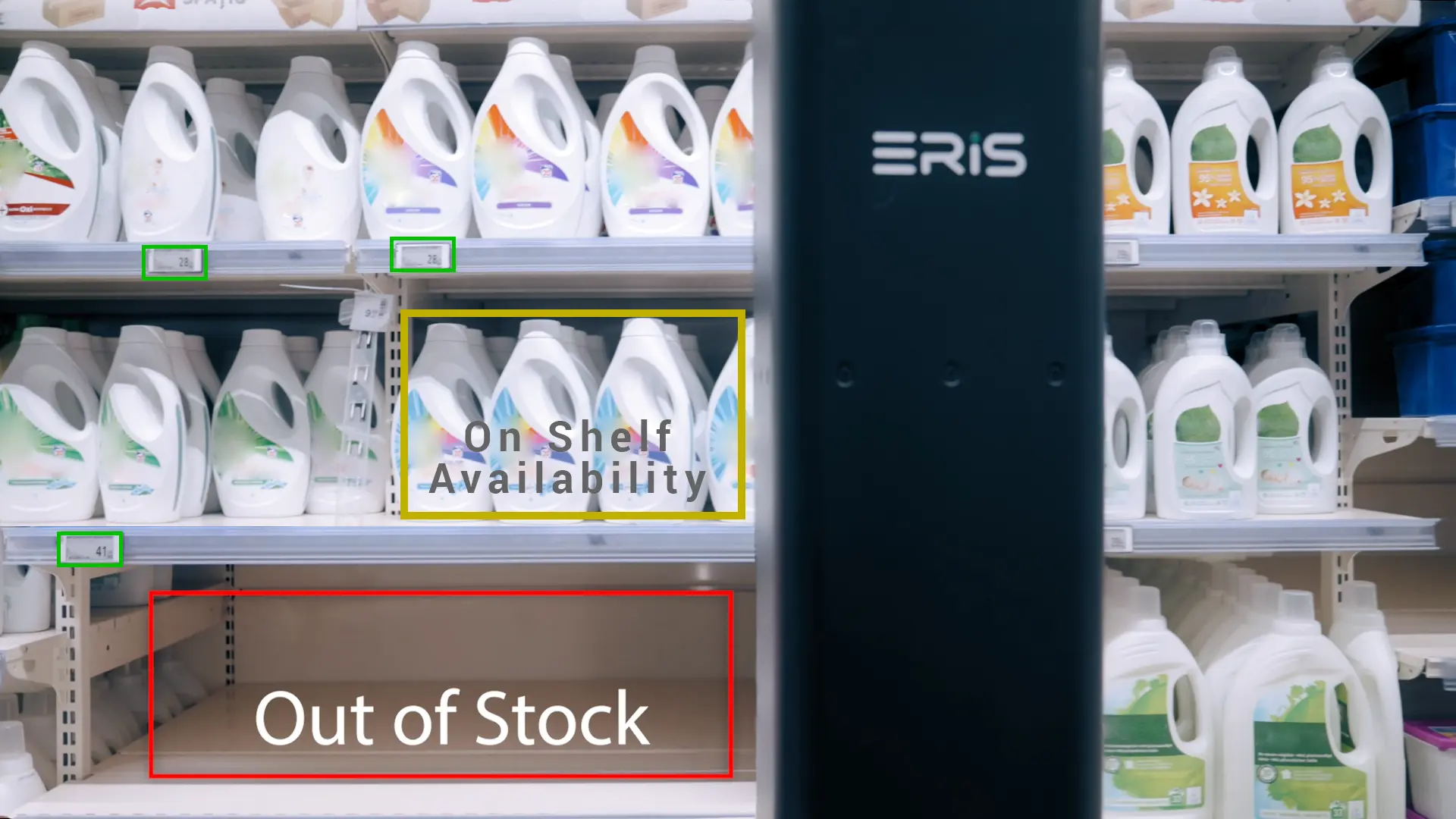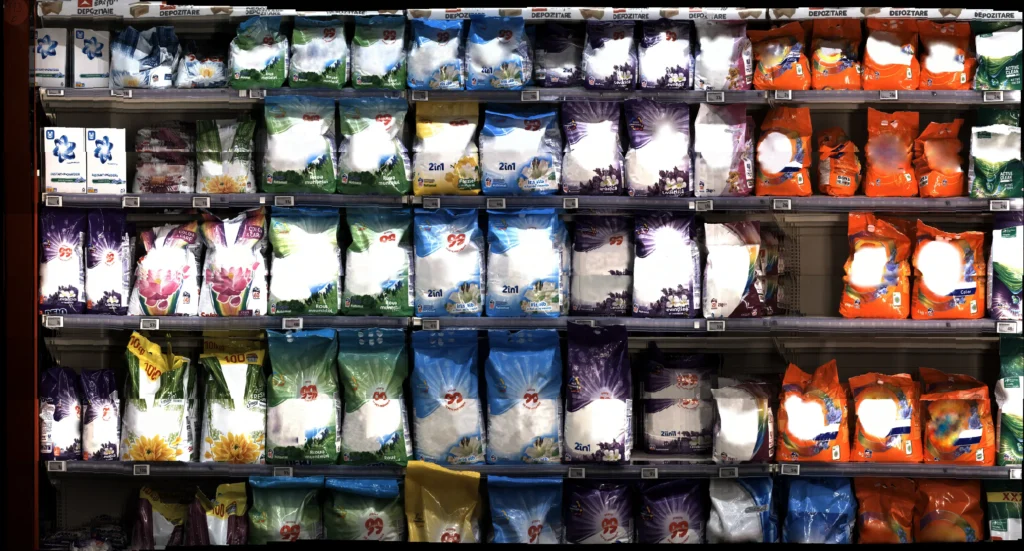
Smart retail — those retail outlets that use data and automation for better decision-making and store operations — can provide retail managers with insights and help them unlock efficiencies that enable better customer service and improve revenue potential.
Smart retail uses data and technology to upgrade customer service and achieve operational excellence in supplier and logistics, assortment and category management, store layout and workforce optimization, customer loyalty and marketing, and selling.
Retailing is still a labor-intensive industry ripe with opportunities for optimizing the path from manufacturers of a product to that product being purchased by a consumer from a retailer. Worldwide, retailers lose nearly $450 billion in revenue annually because of out-of-stock items, empty shelves, and other in-store inconsistencies.
Brick-and-mortar stores have always struggled to find, train, motivate, and schedule personnel to perform a variety of labor-intensive, repetitive tasks of keeping the shelves stocked and forecasting customer demand to keep inventory orders smoothly flowing. This challenge has been made worse by the negative effects of COVID-19 on the labor market and the supply chain.
Stocking shelves on time (to avoid out-of-stock situations and sales losses) and keeping price labels accurate is not easy. With around 50,000 stock-keeping unit (SKU) labels in an average-sized hypermarket, the task of efficient inventory availability in traditional retail is typically tracked by cash register checkouts. Price accuracy and inventory solutions mostly rely on manual price audits by store staff.
Retailers have been experimenting with some degree of automation and digitization for some time. Some have implemented electronic shelf labels (ESLs) and cameras that monitor store on-shelf inventory, with various success rates, as functionality issues (battery lifespan, tedious device replacement) and vendor lock situations persist.
New advances in AI, neural networks, and edge computing made available recently are powering experimentation with autonomous and semi-autonomous robots that promise to make retail even smarter. By helping employees be more efficient and reducing the time for inventory and price accuracy checks by 2/3, retailers can collect digitized data, analyze it with AI with unprecedented accuracy, and apply data analytics for improved insights.
Smart retailers don’t just replace manual processes with automation but implement electronic inventory files, digital price labels, advanced camera solutions, and inventory forecasting software to replace analog store management heuristics and tools. Digital tools are poised to help shift from a regular store to a smart store — one that not only collects siloed data but also analyzes it in near real-time to provide valuable, timely insights.
Smart retail technology benefits not only store owners but customers, and potentially even suppliers in the following ways:
The biggest three operational efficiency wins for the store owners, and management are:
1. real-time actionable inventory data;
2. significantly improved price label accuracy; and
3. better planogram compliance.
While most retail inventory forecasting software relies on product checkout data provided by the cash registers, such data will not be available if the product is not on the shelf. Store cameras can help monitor inventory, but only the advanced camera systems combined with powerful AI that can identify store items with 99+% accuracy will be useful. Thankfully, solutions like that have been recently introduced on the market.
With up to 200 price labels per square meter on a typical shelf, checking and verifying price labels for accuracy is tedious and error-prone. Luckily, this is just the perfect task for smart automation, powered by the same advanced cameras and AI that help with inventory detection.
Even more so, that same hardware can detect SKU shelf placement inconsistencies and direct human operators to make the needed corrections on the spot.
To be fair, training and reimagining business processes around newly possible operational tasks do require an upfront investment. Still, the benefits are felt immediately, yet most smart automation projects deliver a positive ROI in twelve months or less. An additional benefit is a reduced likelihood of missed scheduled price and inventory checks, an important consideration given that most retailers can increase revenue by up to 10% with optimal operations efficiency, assuming suppliers can resolve inventory bottlenecks.
Retail suppliers potentially have much to benefit from more accurate data on promotion-related sales figures and promotional items being placed appropriately, as they usually have to send representatives to gather some of this data in-store. Automating planogram and inventory status updates have potential, but so far, data sharing is still a contentious issue.
Increasing operational efficiency at the store level can also help optimize deliveries and share quantity, frequency, and forecasted demand based on real-time inventory data thanks to decision-making powered by AI algorithms that provide more accurate forecasting and actionable insights.
Not to be overlooked are the benefits to the employees at retail stores that deploy AI and robotics to automate previously tedious, time-consuming tasks. Using smart detection of price, inventory, and planogram issues allows store employees to refocus on higher-value tasks that require knowledge and talent. By taking care of drudge work with automation, performing required operational tasks faster, and removing error-prone business process steps such as converting paper notes into digital reports, smart retail stores can allow staff to focus on interacting with customers for a better in-store experience.
While operational improvements (on-shelf inventory availability, price accuracy, planogram compliance) mostly benefit the store owners and managers, bringing retail closer to the goal of consistent, high-quality service is also more feasible with automation. While AI-enabled robotics assist staff on the shop floor, more time and resources will now be available for customers needing attention than without intelligent automation. Robots are better at tedious tasks, and varied, unpredictable customer service work is still better done by human staff.
Supporting efficient, intelligent retail operations practices, ERIS – the semi-autonomous retail robot - delivers more accurate and faster in-store inventory and price accuracy reviews.
ERIS is powered by an advanced AI platform, allowing edge computing for intelligent image processing, image recognition, store staff messages, and parallel processing. The semi-autonomous robot can deliver high AI computed performance right when needed to achieve real-time processing and aggregation of large volumes of data.
The core computation tool in ERIS allows the semi-autonomous retail robot to process high-resolution images captured on high-performance, industrial-grade camera modules on the device and run image recognition algorithms over neural networks. This edge computing tool, consisting essentially of a series of mini-computers with CPUs and GPUs, enables parallel processing that’s crucial to run efficiently.
ERIS runs four depth (3D) cameras and four RGB cameras. With the six modules on board, it can run models for multiple concurrent tasks like image inference, displaying actionable information, for the operator, on the touchscreen, and operating the price label printer. This ultimately provides accurate, real-time snapshots of the store shelves no trained human operator could ever hope to achieve at the speed and the level of detail ERIS can.

What are the steps supermarkets need to take to start using ERIS? Preparation, time to install, training, best practices?
Running a smart store (for example, a hypermarket) requires an entire ecosystem of hardware and software solutions working harmoniously with existing store technology infrastructure and operating processes. To accelerate and improve performance, every application, device, sensor, and AI model in the system must share data and insights across the store and with its network partners.
That said, integrating a solution like ERIS takes from one to three months. Shifting the approach to price and inventory management will surely make some people reluctant, but when performance and operational excellence are a priority, those will be the environments that will welcome the coming generation of smart supermarkets.